Best Time to Trek in the Himalayas: Your Complete Seasonal Guide
Find Your Perfect Trekking Season in the Himalayas
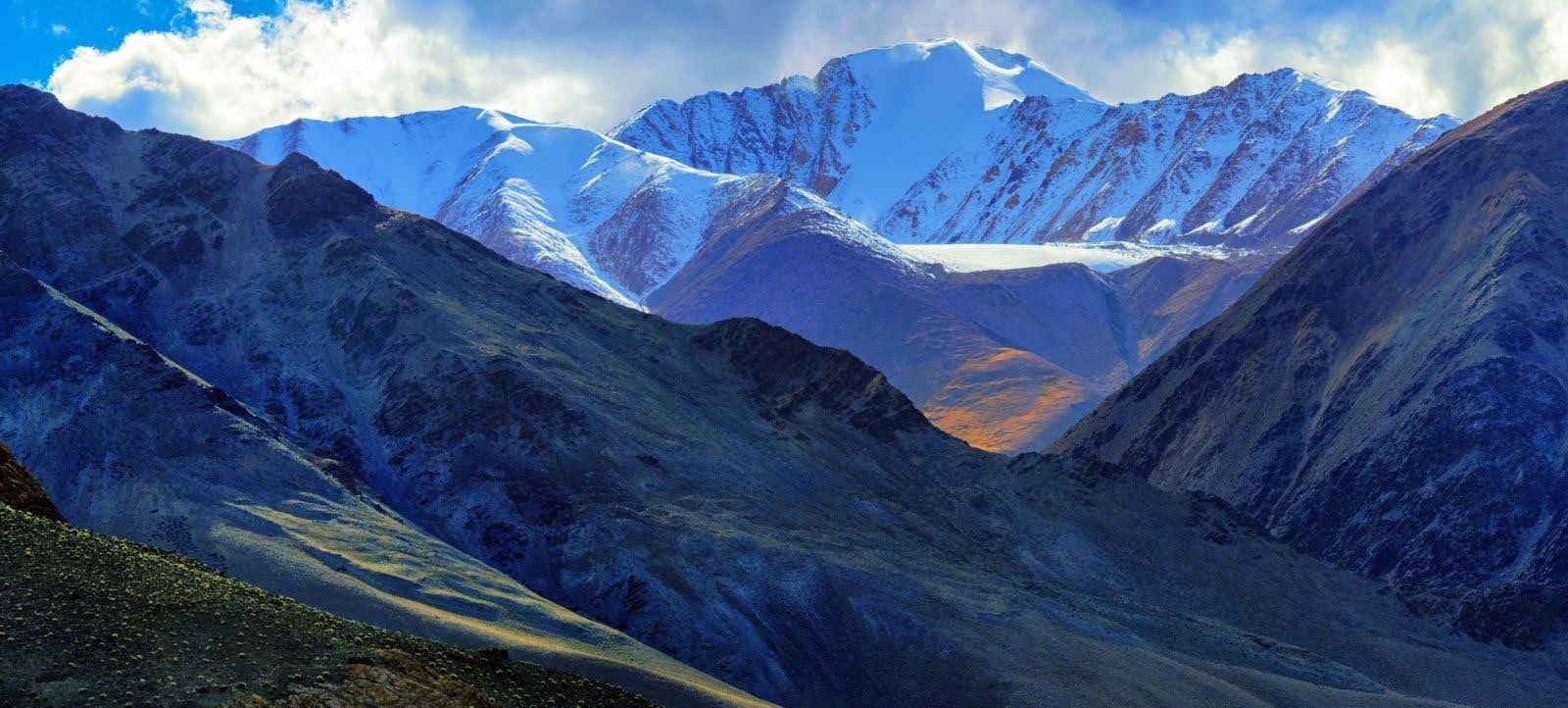
Find Your Perfect Trekking Season in the Himalayas
Standing at the crossroads of planning your first Himalayan adventure, you're probably asking yourself the same question we hear from hundreds of travellers each year: "When should I go?" After six decades of guiding explorers through these sacred peaks, including Captain M.S. Kohli's historic leadership of India's first Everest expedition in 1965, we've learned that timing isn't just about weather; it's about matching your dreams to the mountains' moods.
The Himalayas don't simply change with seasons; they transform completely. Spring rhododendrons paint valleys crimson, autumn delivers crystal-clear summit views, while winter creates a pristine wonderland that only experienced mountaineers should attempt. At Juniper Outdoor, we've spent years understanding these rhythms, and we're here to help you choose the perfect window for your trip to the Himalayas in India.
Whether you're seeking luxury lodge-based adventures, challenging technical routes, or our signature active holiday experiences that blend comfort with authentic mountain culture, this guide will ensure you pick the season that transforms your Himalayan dreams into unforgettable memories with our expert support every step of the way.
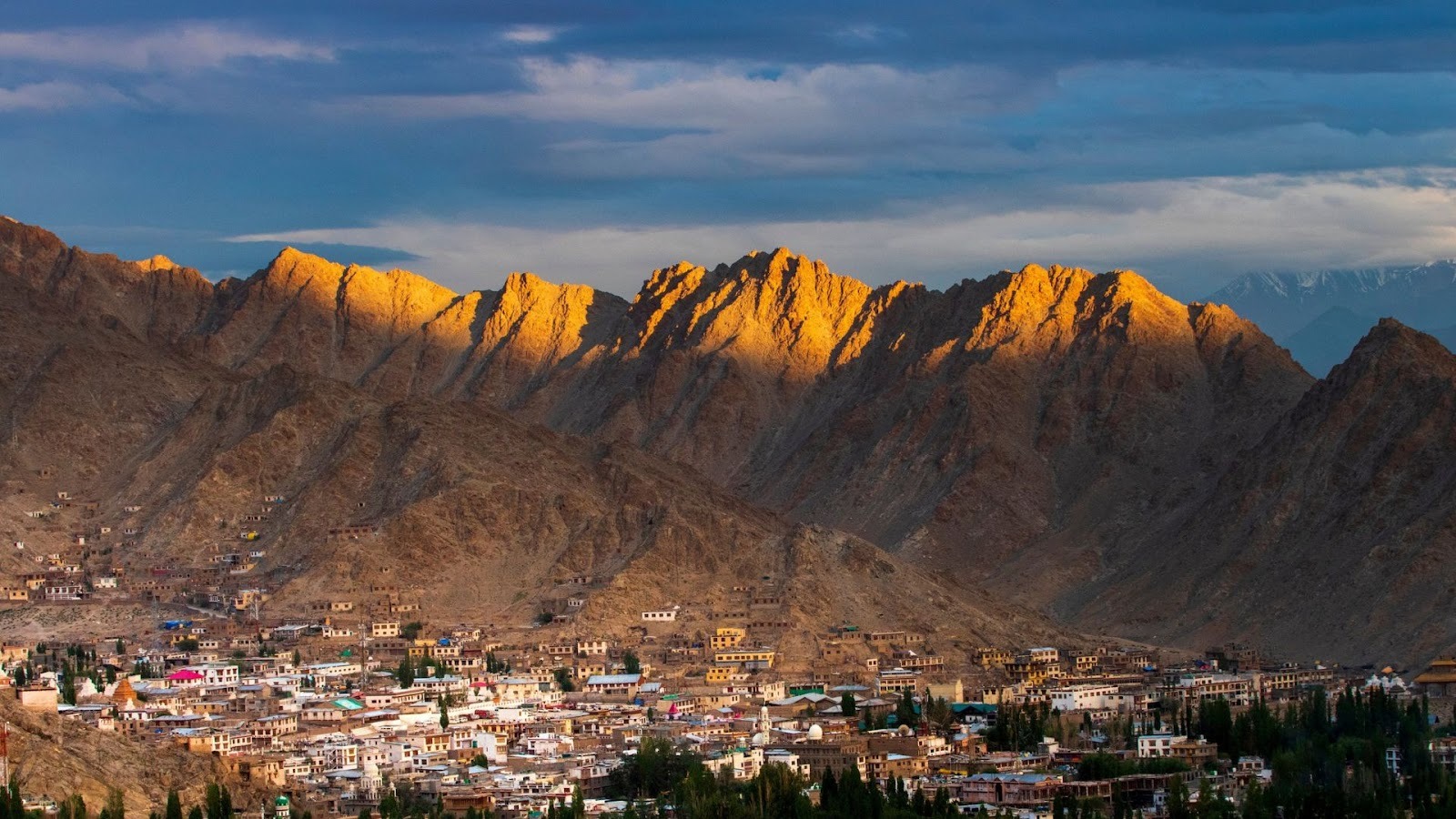
The Himalayas operate on four distinct seasonal personalities, each offering completely different experiences for our carefully curated adventure holiday packages in India. After leading over 500 expeditions across multiple locations, we've identified specific timing strategies that maximise both safety and enjoyment with our professional guidance.
Spring (March-May)
Nature's grand awakening brings stable weather, blooming flora, and excellent visibility. We organise most of our premium active holidays during this period, ensuring our guests enjoy comfortable conditions with our experienced guides managing every detail.
Summer Monsoon (June-August)
While traditional trekking becomes challenging, this season opens unique opportunities in rain-shadow regions like Ladakh, where we operate some of our most exclusive group trips to Ladakh experiences with specialised local expertise.
Autumn (September-November)
The crown jewel of trekking seasons offers pristine mountain views and stable conditions. Our heritage-guided expeditions during this period require advance planning; we typically recommend booking with us several months ahead due to high demand.
Winter (December-February)
Reserved for serious mountaineers, winter transforms the mountains into an exclusive realm we only recommend for our technical expedition participants with proven high-altitude experience.
The choice ultimately depends on your comfort preferences and experience level, factors we assess during our personalised consultation to match you with the perfect seasonal experience.
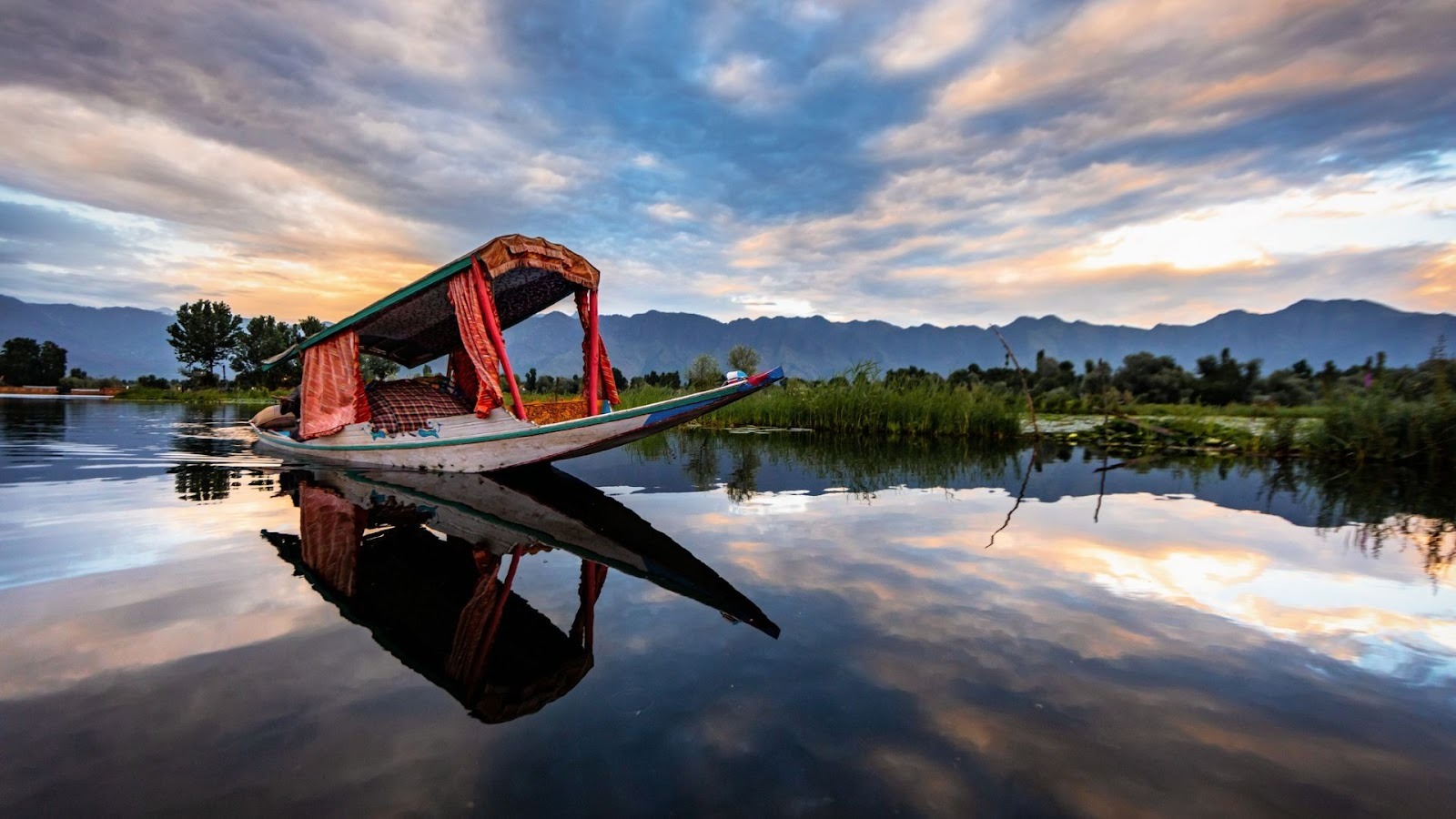
Spring in the Himalayas represents nature's most generous season for our active holiday packages, when the mountains shed winter's harsh character and welcome explorers with open arms. During March through May, we guide our guests through a transformation that never fails to mesmerise, regardless of whether they're joining us for gentle monastery walks or more ambitious ridge expeditions.
Daytime temperatures hover between 10-20°C at moderate altitudes (8,000-12,000 feet), making it ideal for guests who appreciate comfortable trekking conditions without extreme challenges. Mornings often start crisp at 2-5°C, but warm quickly as the sun crests the peaks. Our guides always prepare guests for these temperature swings during comprehensive pre-trek briefings.
The rhododendron blooms create a photographer's paradise from mid-March through April. We've crafted specific Kashmir Great Lakes trek itineraries to capture peak bloom periods, ensuring our cultural photography workshops coincide with nature's finest displays.
However, spring weather demands respect and local expertise. Afternoon thunderstorms can develop rapidly above 12,000 feet, turning clear morning skies dramatic by 2 PM. Our experienced expedition leaders continuously monitor weather patterns, adjusting daily schedules to ensure guest safety while maximising the incredible spring experience.
Visibility during spring averages excellent, with clear days, with morning views often extending across multiple ridge systems. This makes spring perfect for our heritage lodge-based treks, where guests can appreciate panoramic mountain architecture while enjoying the comfort our Kohli legacy represents.
For precipitation, expect minimal rainfall below 10,000 feet, but our gear recommendations include waterproof layers for higher altitudes where spring snow remains possible. We provide detailed equipment lists, ensuring every guest arrives properly equipped for these beautiful but variable conditions.

The monsoon season transforms most of the Himalayas into a lush, green wonderland that's simultaneously beautiful and treacherous. From June through August, we redirect our expertise to very specific regions where the rain-shadow effect creates unique opportunities that most trekkers never experience with proper guidance.
While traditional routes in Himachal Pradesh and Uttarakhand become slippery and dangerous, this is when Ladakh reveals its true character through our specialised programs. Our Ladakh group tour packages thrive during the summer months because the region receives minimal rainfall annually. The irony is beautiful: while the rest of India experiences monsoon rains, Ladakh enjoys its most pleasant weather under our expert guidance.
We've developed monsoon-specific itineraries that focus on cultural immersion rather than high-altitude challenges. Our monastery circuit experiences take advantage of summer's accessibility, allowing guests to participate in Buddhist festivals and meditation retreats while the mountains take their annual cleansing.
Safety considerations during monsoon are non-negotiable—precisely why our 60 years of mountain expertise becomes invaluable. We know which routes remain safe, which communities welcome guests during festivals, and how to create meaningful experiences when traditional trekking becomes impossible through independent travel.
The monsoon also brings unique photographic opportunities that we incorporate into our cultural immersion programs. Mist-shrouded valleys, thundering waterfalls, and ethereal morning clouds create mystical imagery that many of our guests consider more compelling than clear-weather mountain shots.
For guests committed to summer Himalayan experiences, we recommend joining our cultural immersion programs in rain-shadow areas, where the combination of perfect weather and festival seasons creates once-in-a-lifetime memories under professional supervision.
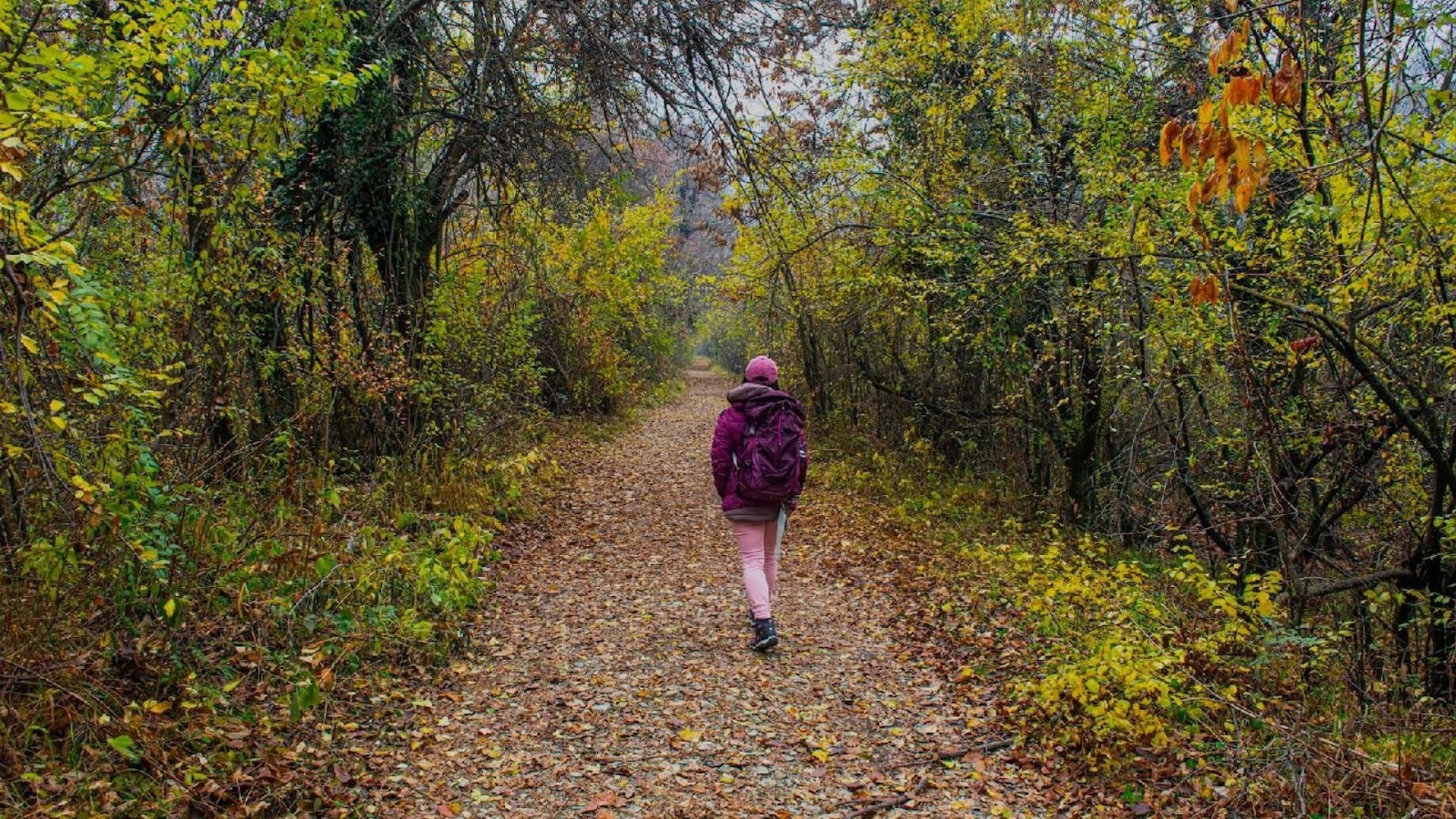
After decades of leading expeditions, our guides can confidently say that autumn in the Himalayas provides the most spectacular trekking conditions on Earth. September through November delivers what mountaineers call "bluebird days," crystal-clear skies that reveal the entire Himalayan architecture in breathtaking detail when experienced with proper guidance.
Post-monsoon clarity means excellent visibility days, with mountain views extending across vast ridge systems on exceptional mornings. Our premium Kashmir experiences during October showcase the Karakoram range in stunning detail, while our Uttarakhand expeditions reveal the entire Garhwal Himalayan amphitheatre through expert positioning.
This is peak season for obvious reasons, but also the time when our heritage expertise becomes most valuable. With Captain Kohli's expedition legacy backing our route knowledge, we secure access to less crowded viewpoints and cultural experiences that independent travellers struggle to arrange during high-demand periods.
Temperature stability defines autumn trekking with our support. Daytime temperatures between 5-15°C provide energising trekking conditions, while nighttime temperatures (0-(-10)°C) create that crisp mountain air that makes every breath feel purifying. Our luxury lodge partners ensure guests stay warm and comfortable during these cooler evenings.
The photographic opportunities during autumn are unmatched when guided by our photography-focused expedition leaders. Golden light, snow-dusted peaks, and atmospheric clarity create images that professional photographers wait years to capture. We've designed specific photography-focused expeditions that position guests at optimal locations during golden hours.
However, autumn's popularity means we strongly recommend booking our heritage-guided experiences well in advance. The combination of perfect weather and limited accommodation in remote areas means early planning with Juniper ensures access to this extraordinary season.
Weather stability during autumn approaches excellent reliability, with minimal precipitation and predictable daily patterns. This consistency allows us to craft ambitious itineraries that maximise mountain exposure while maintaining the safety standards that define our six-decade reputation.
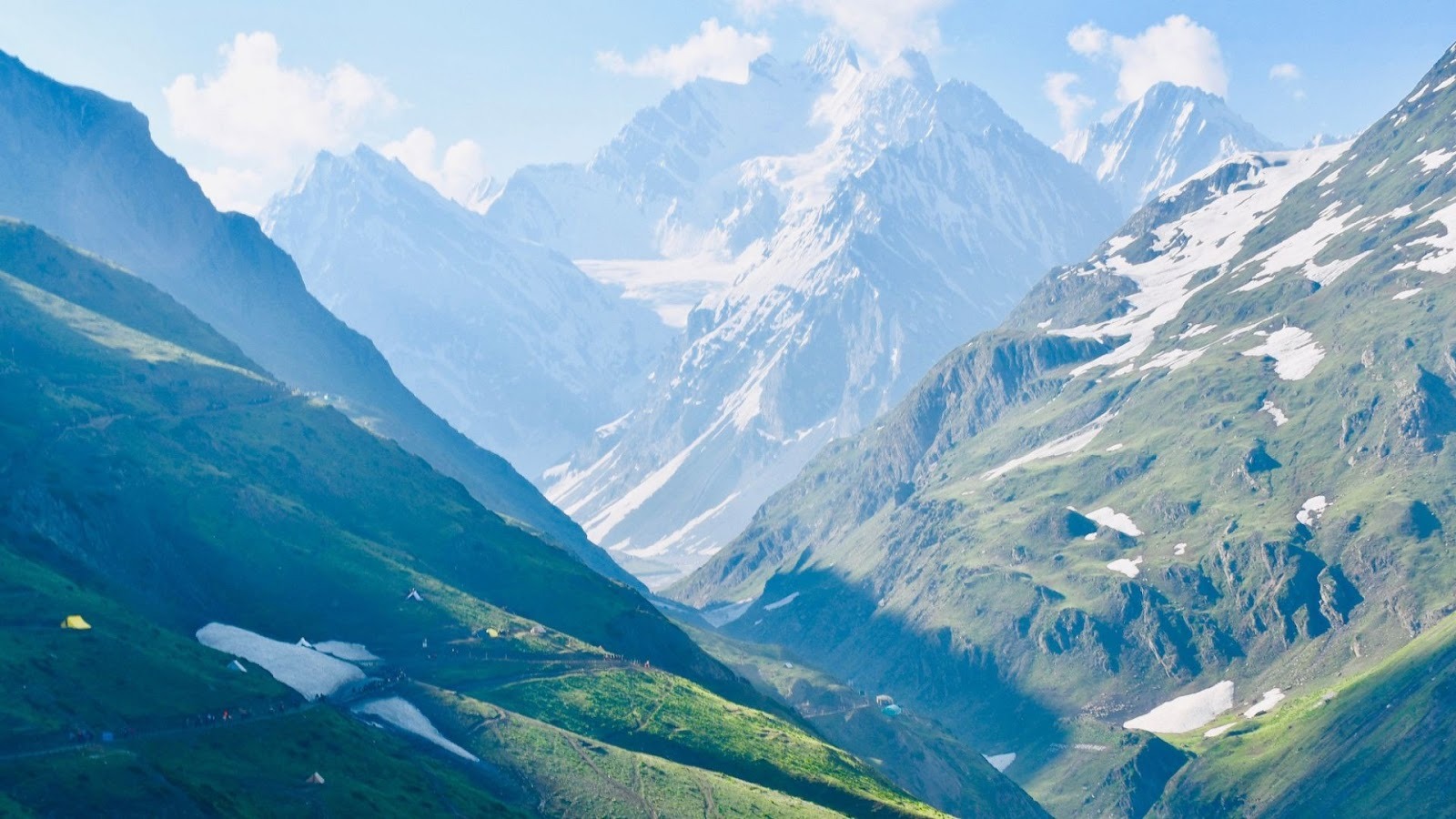
Winter in the Himalayas represents the mountains as most fierce and beautiful, a season we reserve for our most experienced expedition participants who understand that extraordinary rewards require extraordinary preparation and professional guidance. December through February transforms the landscape into a pristine wilderness that only a handful of mountaineers ever witness safely.
Temperatures plummet to -20°C at high altitude, with daytime highs rarely exceeding 5°C even at moderate elevations. These conditions demand technical expertise and specialised equipment that goes far beyond standard trekking gear. Our winter expedition protocols require participants to demonstrate previous high-altitude experience and complete comprehensive assessments under our supervision.
What makes winter appealing to serious mountaineers is the absolute solitude and pristine snow conditions accessible only through expert guidance. Routes that see hundreds of trekkers in autumn become private mountain highways accessible only to those with proper training and our professional support. We offer winter climbing experiences for qualified participants.
The technical challenges are substantial: ice axe proficiency, crampon experience, cold-weather camping skills, and emergency self-rescue capabilities become mandatory rather than recommended. Our winter expedition leaders maintain advanced mountaineering certifications and emergency medical training specifically for extreme conditions.
Wildlife viewing during winter offers unique opportunities that we incorporate into specialised programs, as animals descend to lower altitudes for survival. Snow leopard tracking, winter bird migration, and the ethereal beauty of frozen waterfalls create memories that last lifetimes when experienced safely with expert guides.
However, accessibility becomes severely limited, making professional guidance essential. Many routes close completely, rescue operations become complex and expensive, and weather windows shrink dramatically. We only recommend winter expeditions for participants who have completed multiple autumn treks with us and demonstrated comfort with technical climbing under our assessment.
The rewards justify the challenges when properly guided: crystalline air quality, unmatched photographic opportunities, and the profound satisfaction of experiencing the Himalayas in their most untamed state. But winter trekking remains the domain of experienced mountaineers working with professional expedition leaders, not independent casual adventurers.
Our years of Himalayan expertise across multiple locations have taught us that successful expeditions depend on matching specific regions to optimal seasonal windows with professional guidance. Each area of the Himalayas responds differently to seasonal changes, and understanding these patterns through expert knowledge is crucial for planning transformative experiences.
Spring Regional Specialisation (March-May)
Uttarakhand emerges as our primary recommendation during the spring months. Our Uttarakhand expeditions showcase rhododendron blooms, stable weather, and accessible cultural experiences under expert guidance. The Garhwal region particularly excels during April-May, when snow has cleared from moderate altitudes but temperatures remain comfortable with our support.
Kashmir valleys offer spectacular spring experiences through our specialised programs, though timing requires precision that only local expertise can provide. Our Vale of Kashmir experiences coordinate with local festivals and optimal weather windows, typically mid-April through May.
Monsoon Regional Focus (June-August)
Ladakh becomes our exclusive focus during the monsoon season. The rain-shadow effect creates perfect conditions when the rest of the Himalayas struggles with heavy precipitation. Our Ladakh cultural immersion programs take advantage of monastery festivals and perfect trekking weather with expert cultural guides.
Spiti Valley and upper Himachal Pradesh also benefit from rain-shadow protection, offering alternative experiences through our programs when traditional routes become inaccessible to independent travellers.
Autumn Regional Excellence (September-November)
This season opens the entire Himalayan region for our premium expeditions with expert positioning. Nepal's Everest and Annapurna regions reach their peak conditions, while Kashmir's high-altitude lakes provide crystal-clear reflections of surrounding peaks when accessed through our heritage-guided experiences.
Our Kashmir Great Lakes expeditions during September-October consistently deliver the most spectacular mountain photography opportunities our professional photographers have ever documented.
Cultural festival timing adds another layer to regional selection that requires local expertise. Our expedition calendar aligns with local celebrations, ensuring guests experience authentic mountain communities during their most vibrant periods through our cultural immersion programs.
After guiding thousands of adventurers through their first Himalayan experiences, we've learned that matching seasonal demands to personal fitness levels with professional assessment is crucial for creating transformative rather than overwhelming memories. Each season demands different physical capabilities, and our role is to ensure every guest enjoys challenges that inspire rather than intimidate through proper guidance.
For First-Time Himalayan Adventurers
Spring represents the ideal introduction to high-altitude trekking with our support. Moderate temperatures and stable weather provide forgiving conditions while you adapt to reduced oxygen levels under our guidance. Our spring active holiday programs focus on gradual acclimatisation with comfortable lodge accommodations, perfect for guests prioritising experience over extreme challenge.
We recommend beginning with our shorter spring expeditions, 3-5 day experiences that build confidence without overwhelming newcomers. These programs include comprehensive fitness preparation guidance and acclimatisation protocols designed specifically for less experienced trekkers under professional supervision.
For Intermediate Adventurers
Autumn challenges provide the next level of mountain experience with our expert guidance. Cooler temperatures demand better cardiovascular fitness, while longer daylight hours allow more ambitious daily distances under professional supervision. Our autumn expeditions require demonstrated fitness through previous spring successes with us or equivalent training verified through our assessment process.
The key is realistic self-assessment with professional guidance. Guests who struggled with spring's moderate demands should focus on fitness improvement before attempting autumn's more demanding conditions. We provide personalised training recommendations during our comprehensive pre-expedition consultations.
For Experienced Mountaineers
Winter expeditions demand technical skills beyond fitness levels, requiring expert assessment and guidance. Participants must demonstrate ice axe proficiency, cold-weather camping experience, and emergency self-rescue capabilities through our verification process. Physical conditioning becomes just one component of the comprehensive mountaineering skill sets we evaluate.
Professional guidance becomes most valuable when fitness levels vary within families or friend groups. Our expedition leaders excel at creating inclusive experiences that challenge stronger participants while supporting those who need encouragement through personalised attention and flexible itinerary adjustments.
The beauty of our heritage-backed expedition planning is matching individual capabilities to seasonal opportunities with expert assessment, ensuring every guest returns home with confidence-building achievements rather than discouraging struggles through professional support every step of the way.
The Himalayas have been teaching us lessons about timing, patience, and respect for 60 years, and every season offers its own profound gifts to those who approach these sacred peaks with proper preparation and professional guidance. Whether you're drawn to spring's gentle awakening, autumn's crystal clarity, or even winter's fierce beauty, success lies in matching your dreams to the mountains' seasonal personalities with expert support.
At Juniper Outdoor, we don't just organise treks, we craft transformative Himalayan experiences backed by Captain M.S. Kohli's pioneering legacy and decades of mountain expertise. From comfortable active holidays that combine luxury with authentic cultural immersion to technical expeditions for serious mountaineers, we ensure your seasonal choice enhances rather than hinders your mountain dreams through comprehensive planning and professional guidance.
Let our heritage guide your adventure. The mountains are calling, and we're here to ensure you answer at exactly the right moment with the support, safety, and expertise that only years of Himalayan leadership can provide.
Connect with our Mountain Experts to discuss your ideal trekking season and customised itinerary options with our experienced team.
Spring (March-May) offers the most comfortable conditions for most trekkers, with daytime temperatures between 10-20°C and stable weather patterns. We organise the majority of our active holiday packages during spring because it provides the perfect balance of challenging adventure and guest comfort that defines our luxury mountain experiences with expert guidance.
Autumn can be suitable for moderate fitness levels with proper assessment and guidance, but requires more preparation than spring. We recommend our fitness preparation programs starting 12 weeks before autumn expeditions. Our guides excel at adapting pace and daily distances to ensure every guest enjoys successful achievements regardless of initial fitness levels through personalised support.
We recommend booking autumn expeditions with us 4-6 months in advance. Peak season popularity combined with limited accommodation in remote areas means our heritage-guided experiences fill quickly. Early booking also allows time for proper fitness preparation and gear acquisition through our comprehensive pre-expedition support programs.
Spring offers warmer temperatures and blooming flora but variable afternoon weather, while autumn provides crystal-clear mountain views and stable conditions but colder temperatures. Spring suits first-time trekkers and photographers interested in wildflowers, while autumn rewards experienced trekkers with the clearest panoramic views possible in the Himalayas when experienced with proper guidance.
Monsoon trekking is dangerous in most regions but perfectly safe in rain-shadow areas like Ladakh with proper expertise. We redirect our summer programs to these protected regions, where minimal rainfall and perfect temperatures create ideal conditions. Our monsoon cultural immersion experiences often provide more authentic local interactions than peak trekking seasons through expert cultural guidance.
Spring provides the most comfortable temperatures for our active holiday guests, with moderate daytime warmth and cool but not cold evenings. These conditions are perfect for our signature combination of gentle outdoor adventures and luxury lodge accommodations that appeal to travellers prioritising comfort alongside authentic mountain experiences with professional support.
Winter conditions require technical mountaineering skills, including ice axe proficiency, crampon experience, cold-weather camping abilities, and emergency self-rescue training. Temperatures drop to -20°C with unpredictable weather patterns that demand immediate technical responses. We only accept winter expedition participants who demonstrate previous high-altitude experience and complete our comprehensive skill assessments under professional evaluation.
Each season aligns with different cultural celebrations and community activities that we coordinate through local expertise. Spring coincides with harvest festivals and monastery ceremonies, autumn offers post-harvest celebrations and clear weather for religious pilgrimages, while winter provides intimate community interactions during the quieter agricultural season. Our expedition calendar specifically coordinates with local festivals to ensure authentic cultural immersion opportunities through expert cultural guides.